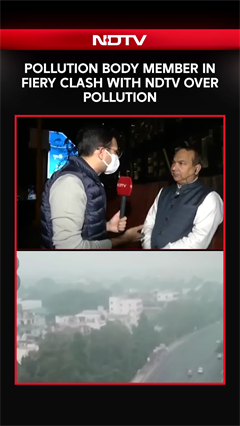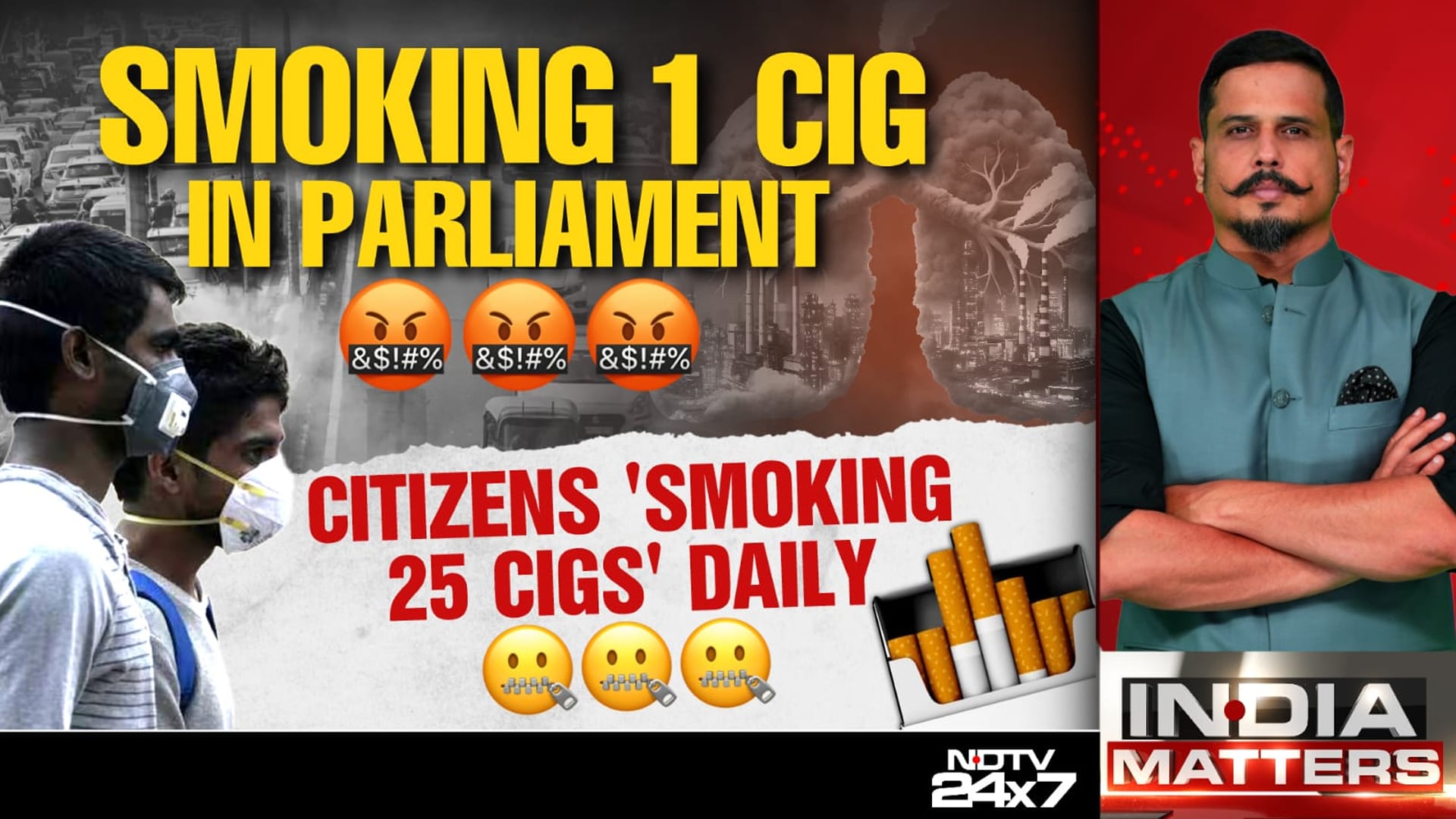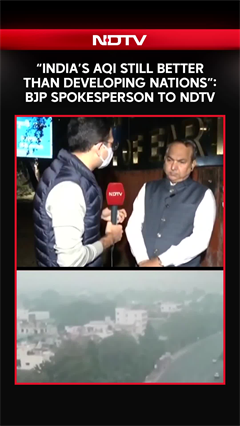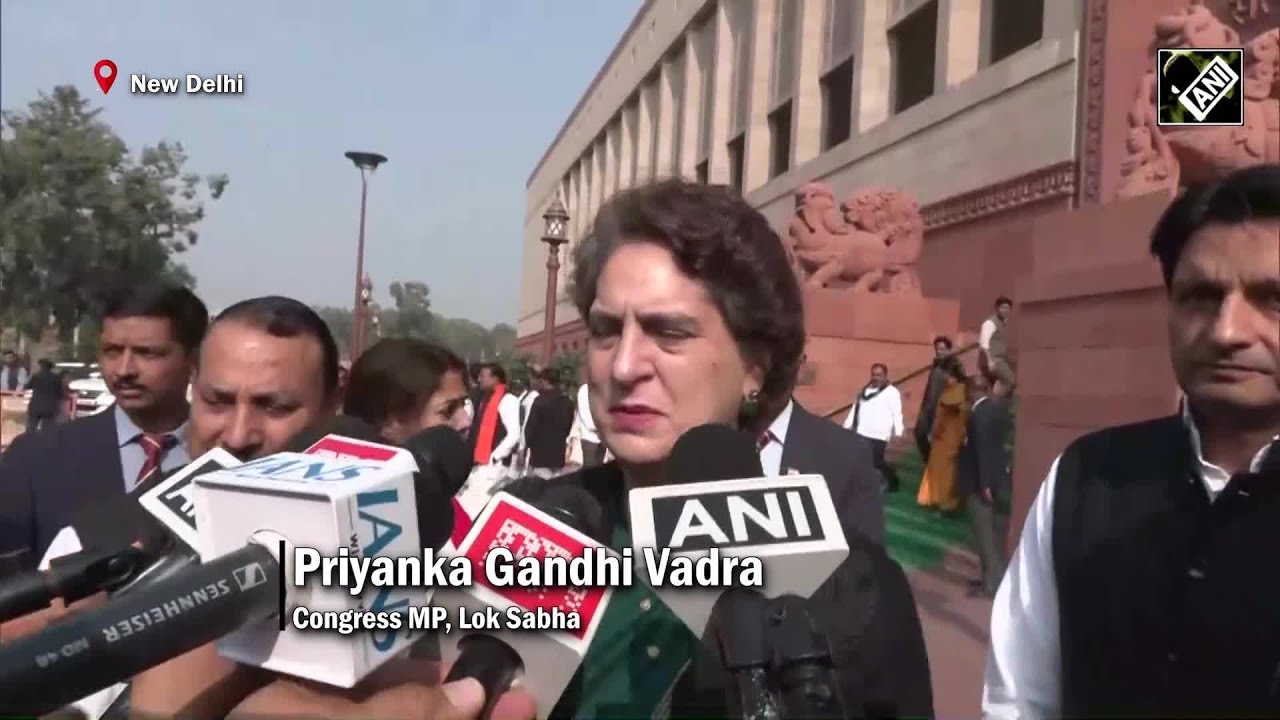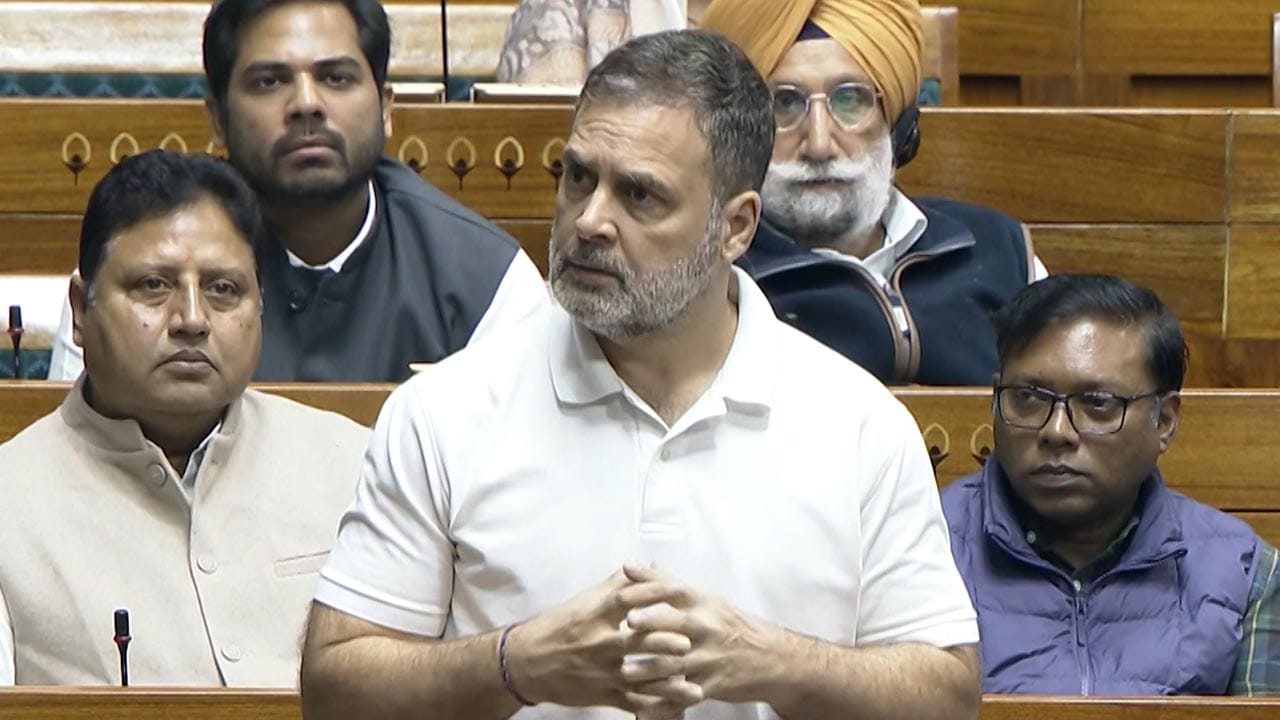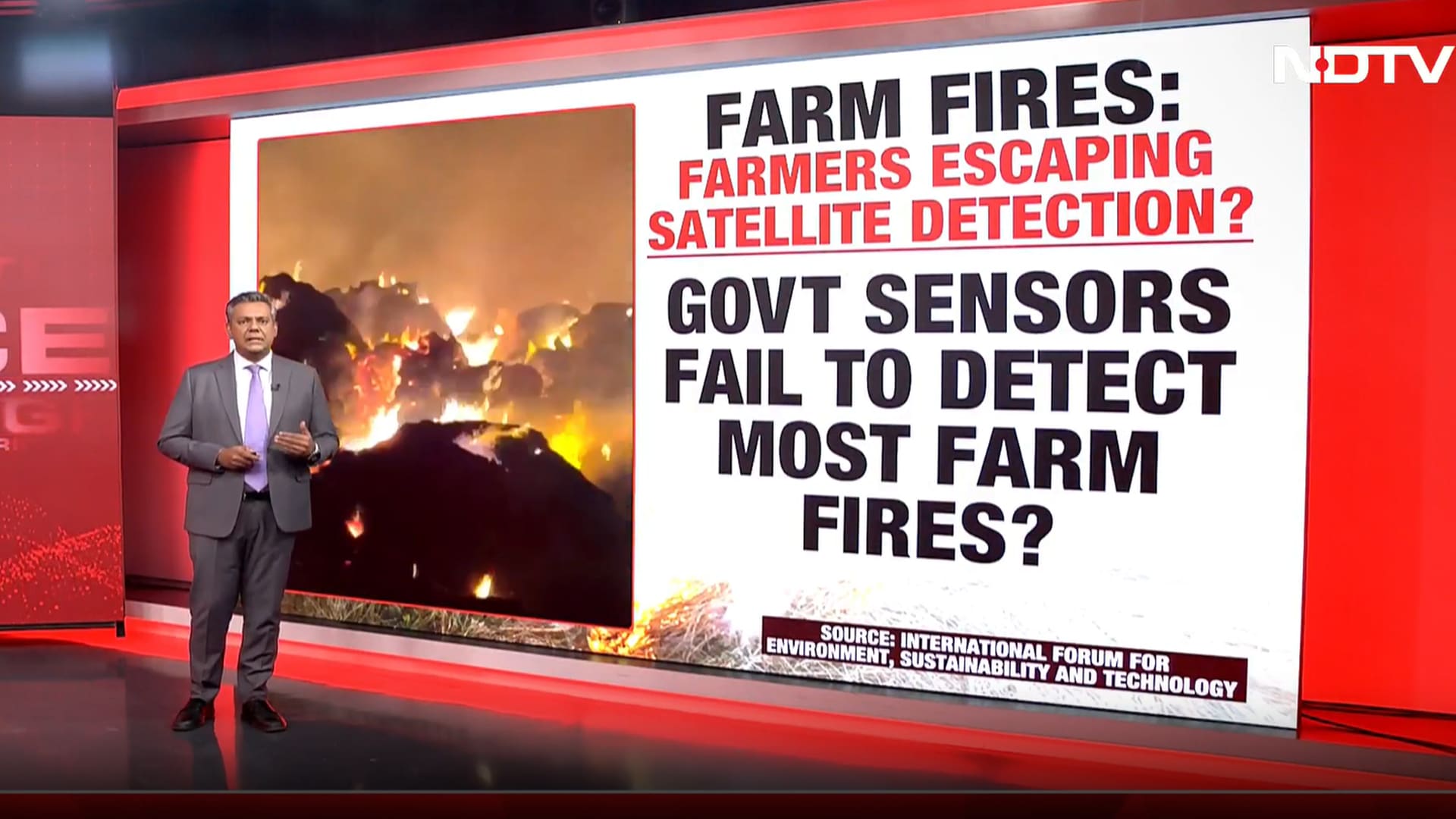- Home/
- Chandni Chowk Was Among Least Polluted In Delhi For 2 Days. Here's Why
Chandni Chowk Was Among Least Polluted In Delhi For 2 Days. Here's Why
Chandni Chowk was among the least polluted spots in Delhi on Monday and Tuesday, data provided by pollution monitoring bodies showed, as the overall air quality in the national capital improved to the "poor" category - after a month-long spell of "very poor" and "severe" categories - three days ago.
One of Delhi's oldest and busiest markets, and a tourist hub, Chandni Chowk recorded an Air Quality Index (AQI) of 186 (moderate) at 8am on Monday, according to the Indian Institute of Tropical Meteorology (IITM) that set up a monitoring station in the area.
On Tuesday, the AQI oscillated in the 250-270 bracket during the day, under the "poor" category.
Other areas in the city, however, mostly recorded an air quality that remained under the "very poor" category. At 4pm on Tuesday, Shadipur recorded an AQI of 324, Anand Vihar 311 and Mundka 310, according to data provided by the Central Pollution Control Board. Data for other areas for Monday was not immediately available.
Overall, the national capital recorded an AQI of 285 on Sunday, 280 on Monday and 268 on Tuesday - all of which fall under the "poor" category.
Authorities and experts said the primary reason behind the relatively low AQI in Chandni Chowk was the absence of motor vehicles in the area.
In 2021, the Delhi transport department had notified the area, which was then under development, as a non-motorised zone. According to the notification, no motor vehicle shall be allowed to ply on the main Chandni Chowk Road from Red Fort to Fatehpuri Mosque from 9 am to 9 pm on all days. Currently, only cycle rickshaws are permitted in the area. However, the restrictions shall not be applicable in the case of emergencies.
"The restriction on vehicles in Chandni Chowk does help solve the pollution problem. Only vehicles carrying essential goods are permitted. The ban on BS3 and BS4 vehicles (having high emissions) has also helped keep a check on the pollution. But this is a collective effort. Just curbing vehicular movement will not help," Additional Commissioner of Police (Traffic Headquarters) Satya Vir Katara said.
Dr Sachin Ghude, a scientist at the Indian Institute of Tropical Meteorology, which set up the air quality monitoring station in Chandni Chowk, also attributed the improved air quality to the traffic curbs in the area. "I think this is the best example of how you manage the traffic, and if you create a non-motorised zone, you will have an improvement in the AQI," he said.
A study by the Centre for Science and Environment last month said 51.5% of the pollution in the national capital is caused by transport and vehicular emission.
Dr MP George, a former scientist at Delhi Pollution Control Committee, said: "...Only if there is a consistent downward trend, can it be considered a legitimate improvement in the air quality."
also read
Latest Stories
- Reported by Shreya Ghosh | Friday December 12, 2025
In a move critics are calling a calculated deflection, the Union government has doubled down on its stance that World Health Organization (WHO) air quality guidelines are merely "guidance documents" and not enforceable rules.
- Press Trust of India | Thursday December 11, 2025 , Chandigarh
The World Bank has approved a financial assistance package of USD 305 million for the Haryana Clean Air Project for Sustainable Development (HCAPSD), a flagship initiative aimed at transforming Haryana into a pollution-free state by 2030.
- Indo-Asian News Service | Friday December 12, 2025 , New Delhi
New Delhi, Dec 11 (IANS) Global air quality rankings cited by various organisations are not conducted by any official authority, the government informed the Parliament on Thursday.
- Reported by Shreya Ghosh, Edited by Srishti Kapoor | Thursday December 11, 2025
The Ministry clarified that it has notified National Ambient Air Quality Standards for 12 pollutants in 2009 to protect public health and the environment, and these standards are tailored to India's specific conditions.
- Written by Jigyasa Kakwani , Edited by Shubham Bhatnagar | Thursday December 11, 2025
Tandoori dishes are a staple of Delhi's dining and evening snack culture, especially across neighbourhood markets and street-side stalls.
................................ Advertisement ................................
Latest Videos
Opinion
Blog | Well Done, Delhi. You've Turned Lung Sacrifice Into A Badge Of HonourSaikat Kumar Bose
Monday November 10, 2025Till some years back, Delhiites would ask angry questions to those in power about the capitals annual tryst with toxic air. This has changed. Those in the driving seat dont see the need to answer now.
Opinion | Why Indians Have Just Given Up On Air Pollution CrisisTanushree Ganguly
Friday December 20, 2024While some may argue that people in Delhi are now more aware of air pollution than they were a decade back, my rebuttal would be that awareness does not mean that people are concerned.
Opinion | You Must Outrage Over Filthy Air More Than Once A YearJyoti Pande Lavakare
Tuesday December 10, 2024Delhi welcomed us with monsoon rains and mangos. We were home. Fast forward a couple of years, in the winter of 2012, I found myself in denial about something other parents, mostly expats, were calling toxic air.
Opinion | Delhi's Air Pollution Situation Is Like A Bad MarriageNishtha Gautam
Friday November 22, 2024On a good day, such as today, the AQI reading in Delhi is 407. We are jubilant at the sickly sunshine trickling through the slightly dissipated smog. At least its not 1600.
दिवाली... पराली... सियासी जुगाली!Ashwini kumar
Monday November 18, 2024दिल्ली-एनसीआर में प्रदूषण का समाधान तो आज तक मिला नहीं. हर साल चिंतित होकर हम-आप सांसों की तकलीफ के साथ-साथ दिल और ब्लड प्रेशर के मरीज भी क्यों बनें?








